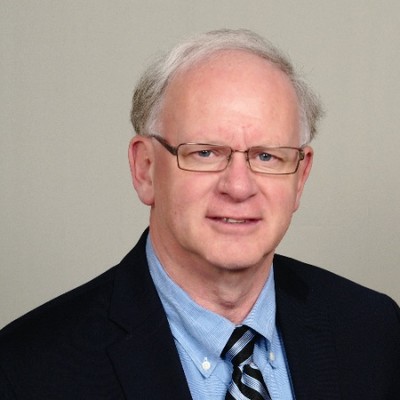An organization many of you have never heard of, Health Level 7 (HL7), is providing funding for a project to map eyecare data to Consolidated Clinical Document Architecture (C-CDA), which is shared through Direct Secure Messaging (DSM). Here is why this new development matters to your practice.
What’s HL7?
HL7 is the organization that creates the standards on which health information is shared between providers and organizations. The goal of HL7 is to enable healthcare organizations to create uniform data that anyone with authorization can retrieve and use in their own systems.
In an HL7 survey conducted earlier this year, it was determined that specialty areas of medicine, especially optometry, lag behind the rest of medicine in the ability to electronically communicate patient health information. The survey also discovered that the majority of eyecare providers continue to send communications via fax even though faxing does not meet the requirements for electronic communications. In addition, providers who receive faxes rarely see them or use the faxed information in the care they provide.
HL7 provided funding for a program through Dogwood Health Consulting, a consulting company, to initiate a process, from June 2023 through September 2023, to assist specialty areas of medicine to identify common data points that are needed for routine communications and to map those data points to the C-CDA, which is shared through DSM.
DSM is the secure e-mail platform that is part of every “certified” EHR. Because HL7 identified a need, specifically within eyecare, the process is focusing on identifying and mapping eyecare data.
How Does This Project Impact My Practice?
This project has a direct effect on how you as a provider should be communicating with other healthcare professionals. Up until now, the C-CDAs created by most eyecare EHRs only contained general information about the patient. They did not contain the specific detailed eyecare information needed for most common communications. This project is providing the mapping of eyecare-specific data, so it can also be included in the reports. Providers involved in the process have identified the most critical reports to be able to transmit electronically including:
- Annual dilated eye exam reports for patients with diabetes, to primary care physicians;
- Post-op cataract surgery reports that are required by CMS when cataract surgery is co-managed;
- Referrals for cataract surgery that not only contain the needed information for the cataract surgery evaluation, but also the status of dry eye management.
The top priority of the project is to map the data points necessary to create all of these reports. All eyecare EHR vendors were invited to participate in the process at no cost. The mapped data is made available to them to utilize in creating proper C-CDAs.
The HL7 grant will result in the creation of implementation guides that demonstrate the proper way to incorporate the data into the C-CDA. As a result, when the C-CDA document is shared with other providers, the receiver will be able to automatically extract the data and place it into their workflow. This process ensures that a physician receiving a dilated annual eye exam report will know that an eye exam has been conducted and see its results. The other two reports will improve the outcomes of cataract surgery and facilitate more efficient co-management.
What’s Next?
HL7 has asked for a proposal for a longer-term grant to map all eyecare data, as well as other specialty data to the C-CDA. The current grant ensures that whichever EHR system is used, the information needed to map the appropriate data to create the three common reports listed above will be created. At an HL7 event which was held in the third week of August 2023, eyecare EHRs were given the opportunity to demonstrate the ability to create C-CDAs that contain visual acuities and refractions, as well as remove the information from a C-CDA received from another EHR and place it in the provider’s workflows. Many eyecare EHRs participated in the demonstration.
As a provider, you should be actively utilizing the DSM capability that is built into your certified EHR, making sure you know how to create the reports and how to send them through DSM.
If your EHR vendor is not able to create the reports, you should contact them to make sure they are aware that you need that capability. Share this article with them and/or ask them to contact any of the authors of this article who can direct them on how to find the information they need.




